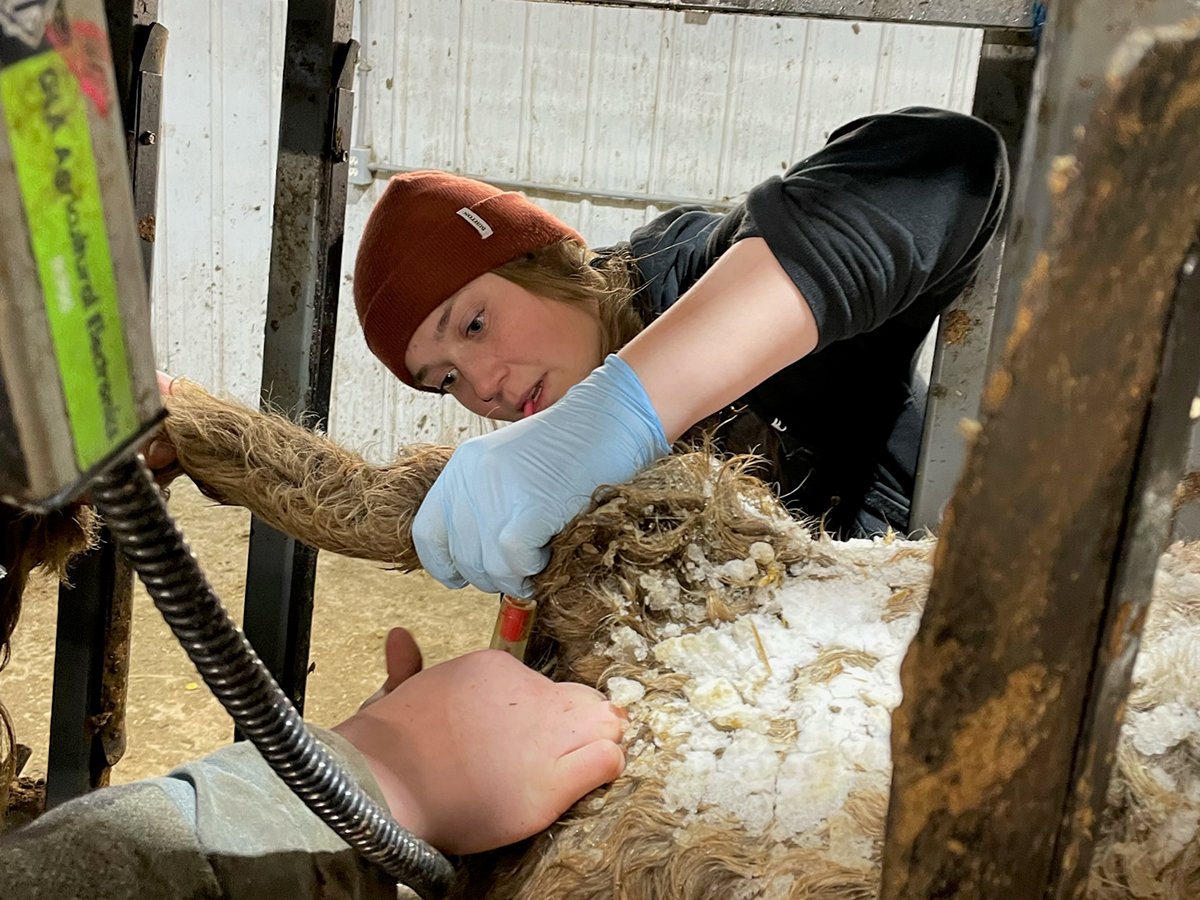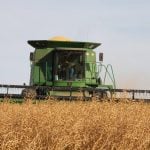BANFF, Alta. – As United States grain exports increase, the strain on its transportation system grows.
Paul Sorensen, an American consultant who analyzes commodity markets and transportation issues, told the Canada Grains Council massive adjustments are coming for the rail and river barge systems that will ultimately offer more choice to grain shippers in the United States as well as Canada.
“The opportunity is viewing the U.S. as a choice for Canadian shippers. I see in the future the border becoming erased for transportation of these products,” he said.
Read Also

Pen riders better than tech at detecting respiratory disease in feedlot cattle, says researcher
Katrina Garneau’s recent research found that pen riders are better than technology at flagging signs of BRD in feedlot cattle.
This expansion will require upgrades.
The U.S. exported about 40 million tonnes of wheat and close to 30 million tonnes of coarse grains last year, with some of the greatest growth appearing in Asian markets like Japan, South Korea, Singapore and Vietnam.
As Mexico imports more coarse grains for its livestock industry, grain traffic will likely increase in the Gulf of Mexico’s already overloaded system.
New grain markets opening in South America, Africa and the Caribbean could also add stress to the system.
“This has created extreme challenge to railroad capacity and port capacity,” he said.
Improvements may be needed
A large portion of the grain is moved by barge down the Mississippi River through the Gulf of Mexico. There is some concern that the gulf grain-handling system may reach capacity within a couple years without improvements like replacing older locks on the rivers.
A recent overhaul of one river lock on the Mississippi cost $90 million, said Sorensen.
The Mississippi has also been dredged to a depth of 13.5 metres as far north as Baton Rouge, Louisiana to accommodate grain barges.
In order to move more barges to the Pacific Northwest ports of Seattle and Tacoma, there is a plan to deepen the Columbia River.
Such alterations give rise to environmental challenges. Environmental groups don’t want some rivers dredged any deeper because it affects fisheries.
The railroads are also experiencing massive change.
Burlington Northern, with its new partner, the Santa Fe, will handle 500,000 carloads of grain and Union Pacific, with its acquisition of Chicago-Northwestern, will move close to 400,000 carloads in the coming year.
But the system is aging and requires considerable work that could cost companies nearly $1 billion over the next decade, said Sorensen.
The big expense would be buying 1,500 new hopper cars and building a double and triple track line from Los Angeles to Chicago.
Co-operative agreements between BN and Union Pacific will allow the latter to use some of the northern rail lines and possibly move Canadian grain south through Montana and west to Seattle and Tacoma.















